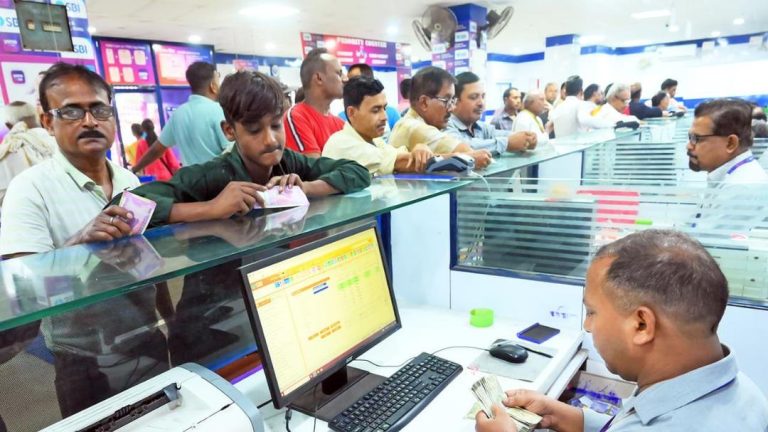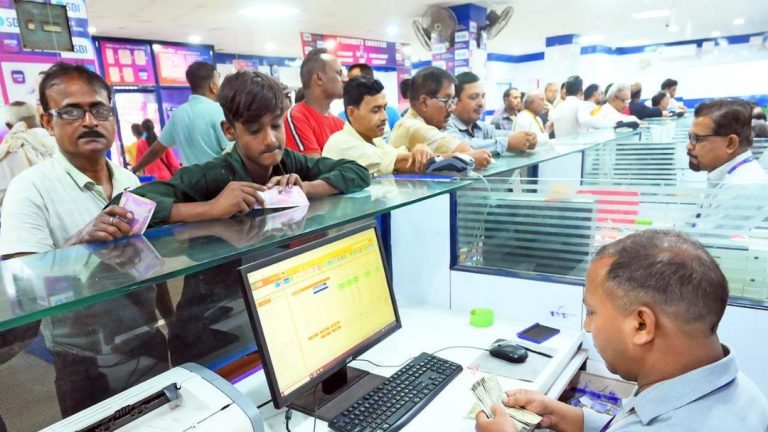
Why has the Nifty index remained flat for an entire year?
The Indian stock market has been experiencing a peculiar phenomenon over the past year – the Nifty 50, a benchmark index of the Indian stock market, has remained largely flat despite strong earnings from major firms. This stagnation has left investors and analysts alike perplexed, wondering what could be the possible reasons behind this unusual trend.
In this blog post, we will delve into the possible causes of the Nifty’s flat performance over the past year, exploring the various factors that have contributed to this phenomenon.
Global Cues
One of the primary reasons for the Nifty’s flat performance is the weak global cues. The global economy has been experiencing a slowdown in recent times, with many countries facing recessionary fears. This has led to a decline in investor sentiment, causing them to become cautious and hesitant to invest in the Indian market.
The US-China trade tensions have also played a significant role in affecting global markets. The ongoing trade war between the two economic giants has led to uncertainty and volatility in global markets, causing investors to become risk-averse and seek safer havens.
Tariff Threats from the US
Another significant factor that has weighed on the Nifty is the threat of tariffs from the US. The US has been imposing tariffs on various Indian products, including steel and aluminum, which has led to a decline in Indian exports to the US. This has had a negative impact on the Indian economy, causing investors to become cautious and hesitant to invest in the market.
Subdued Investor Sentiment
Subdued investor sentiment is another factor that has contributed to the Nifty’s flat performance. Investors have become increasingly risk-averse, seeking safer investments and avoiding equities in favor of fixed-income securities.
This sentiment has been further exacerbated by the recent election results in India, which have led to uncertainty and volatility in the market. The outcome of the elections has raised concerns about the future of economic reforms and the stability of the government, leading to a decline in investor confidence.
Rupee’s Performance
The rupee has also been a significant factor in the Nifty’s flat performance. The rupee has slipped to a five-month low, causing concerns about the country’s foreign exchange reserves and the ability of the government to manage the economy.
This decline in the rupee’s value has made imports more expensive, leading to a decline in consumer spending and a slowdown in economic growth. This has had a negative impact on the Indian market, causing investors to become cautious and hesitant to invest.
What’s Holding Back Indian Equities?
So, what’s holding back Indian equities? As investors await cues from the US Fed, questions remain about what’s behind the flat performance of the Nifty.
One possible reason is the high valuation of the Indian market. The Nifty is trading at a high price-to-earnings ratio, making it less attractive to investors who are seeking value.
Another possible reason is the lack of significant reforms in the Indian economy. The government has not taken the necessary steps to address key issues such as corporate governance and tax reforms, leading to a decline in investor confidence.
Conclusion
In conclusion, the Nifty’s flat performance over the past year can be attributed to a combination of factors, including weak global cues, tariff threats from the US, subdued investor sentiment, and the rupee’s performance. As investors await cues from the US Fed, it is essential to understand the underlying factors that are affecting the Indian market.
By addressing these factors and implementing necessary reforms, the government can restore investor confidence and boost economic growth. Only then can the Nifty index break out of its flat performance and start to rally.
News Source:
https://youtu.be/B1QNkhvP1w8





